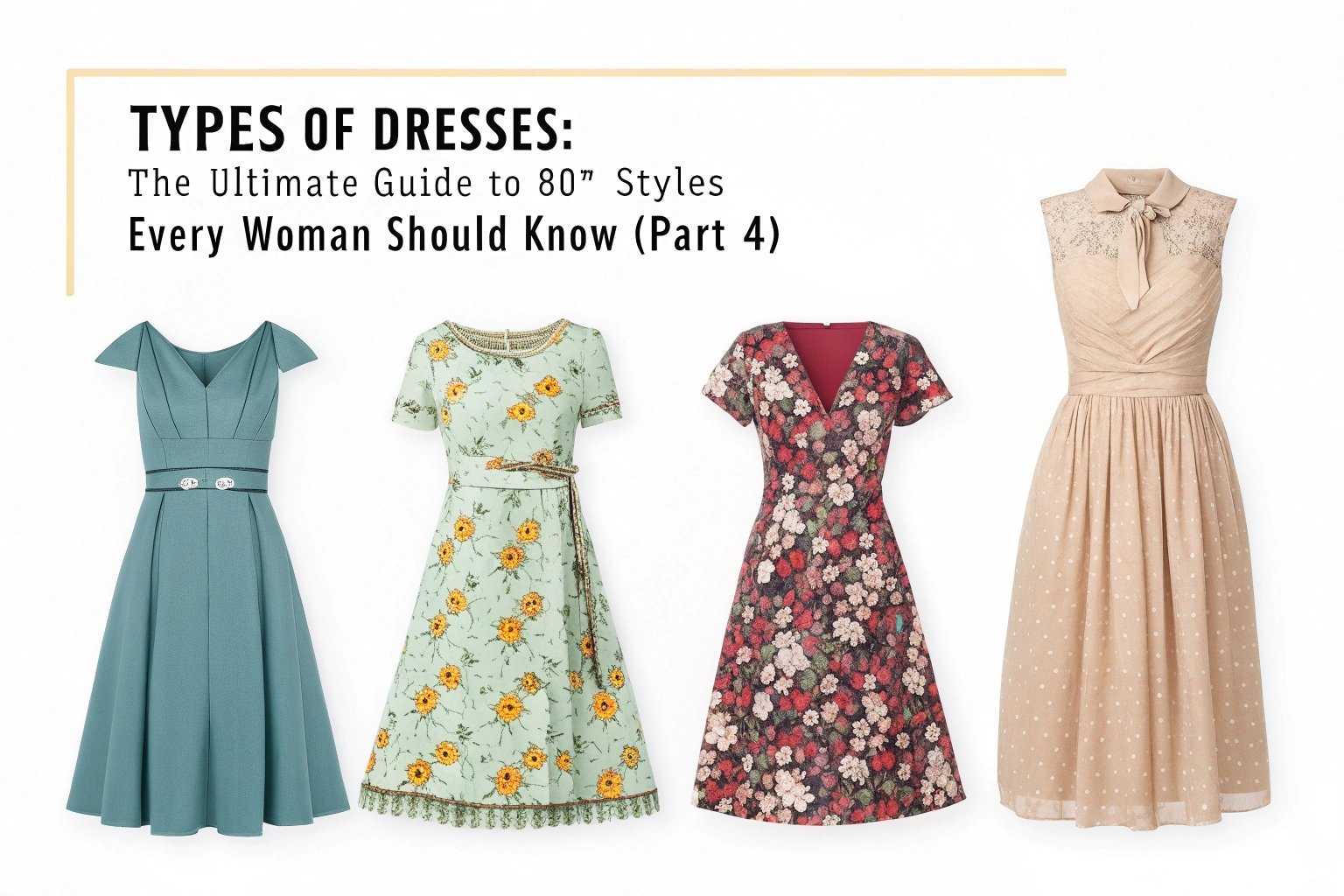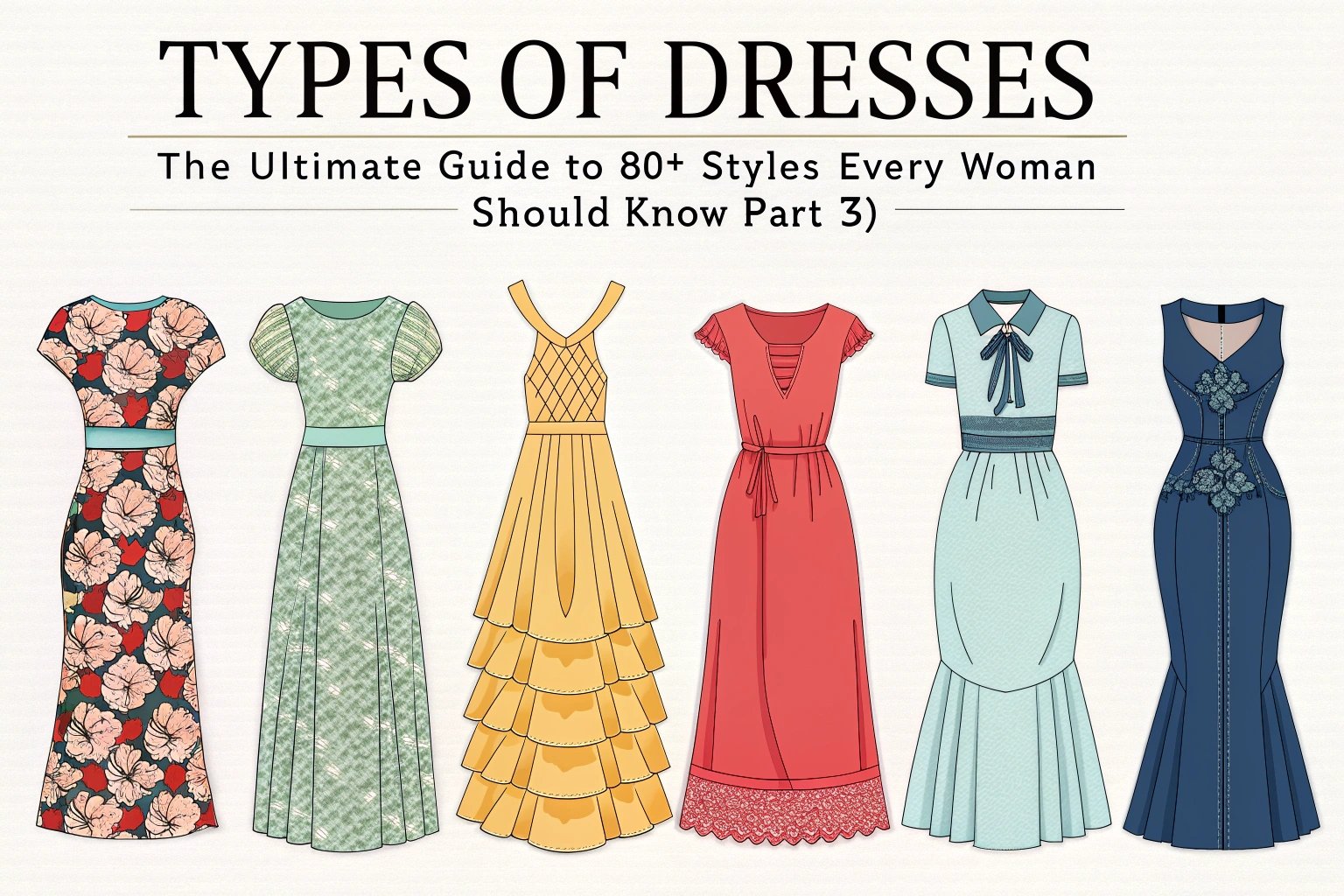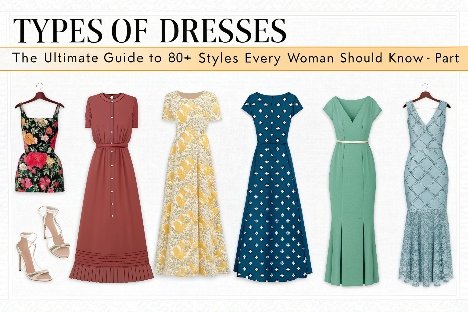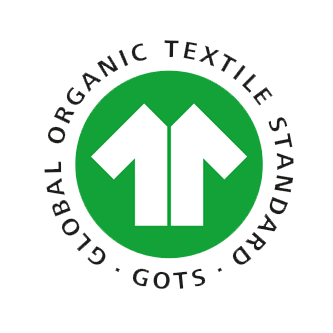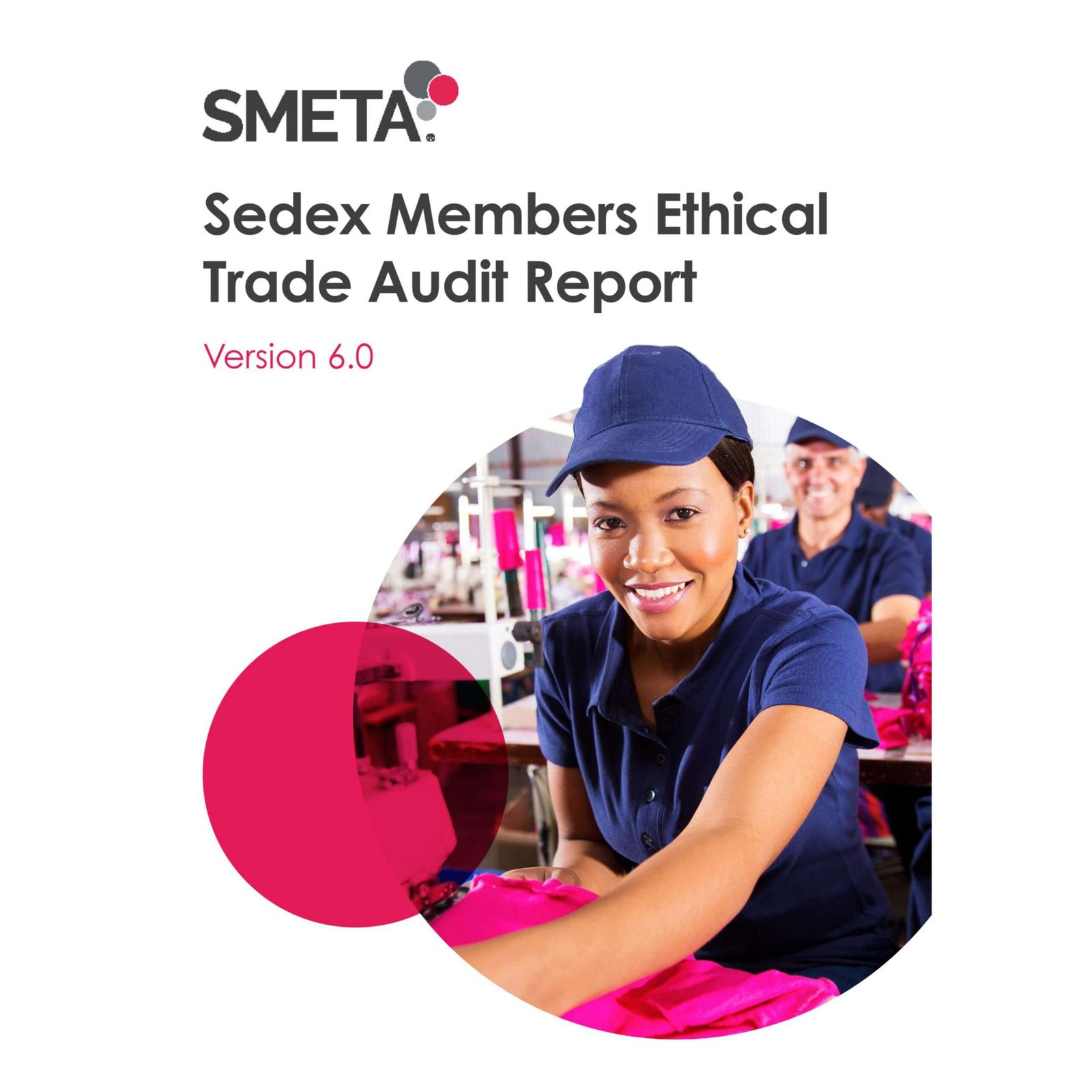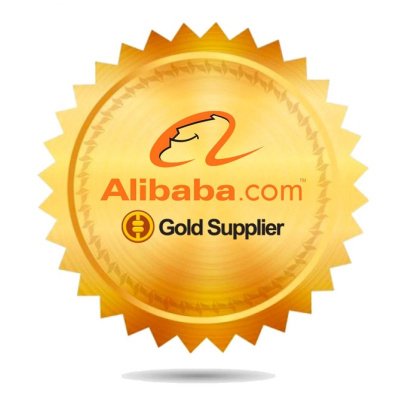Starting or scaling a fashion brand requires reliable, scalable vendors who deliver on time, meet style expectations, and offer fair pricing. At Xzapparel, we’ve helped hundreds of boutique owners and fashion brands build lasting partnerships with the right wholesale clothing vendors.
To find vendors for clothing wholesale, explore trade shows, sourcing platforms like Alibaba, B2B directories, LinkedIn outreach, Instagram research, and existing brand networks. Focus on quality consistency, MOQ flexibility, lead times, and style relevance.
Let’s break down the exact steps and channels that work best.

What platforms are most effective for finding wholesale vendors?
Where you search matters.
Different platforms offer different strengths depending on your product category, location, and sourcing goals.
Key Channels
| Platform | Strength | Best For |
|---|---|---|
| Alibaba | Vast network, global scope | All apparel categories |
| FashionGo | USA-focused wholesale marketplace | Trendy, fast-moving women’s wear |
| Faire | Boutique-friendly, curated suppliers | Small batch, unique labels |
| Tradeshows | In-person inspection, relationship building | Seasonal collections, quality control |
| Discover niche suppliers with brand aesthetic | Direct engagement, portfolio view | |
| Professional outreach to manufacturers | Factory sourcing, B2B leads |
How to vet suppliers properly?
Not all suppliers are equal.
You need to assess product quality, production capacity, communication skills, MOQ, pricing, sample efficiency, and ethics.
Evaluation Checklist
- Sampling: Timeliness, detail accuracy
- Style match: Does their past work reflect your brand?
- Certifications: OEKO-TEX, BSCI, WRAP, etc.
- Factory visit: Virtual or in-person walkthrough
- Production volume: Can they scale with your growth?
- Fabric sourcing: Do they manage or outsource?
We always suggest asking for a past production reference before the first PO.

What documents or info should I request?
Clarity up front reduces issues later.
Request catalogs, line sheets, MOQ sheets, sample price lists, and factory certifications.
| Document Type | Why It Matters |
|---|---|
| Product Catalog | Helps you assess fit with your market |
| MOQ Breakdown | Shows flexibility and starting order sizes |
| Price Sheet | Compares unit cost by style or fabric |
| Sample Process | Clarifies lead time and cost for prototyping |
| Factory Certificate | Confirms audit compliance |
We maintain vendor folders with these docs for each of our global buyers.
Where do successful boutique owners usually find their first vendors?
Patterns exist.
Most boutique founders start with Alibaba, FashionGo, or Instagram DMs. Then they shift to long-term partners through trade fairs or referrals.
Typical Sourcing Journey
- Explore Alibaba / Instagram for samples
- Order small MOQ styles from multiple vendors
- Test in-market with rebranded samples
- Attend trade shows (MAGIC, Canton Fair, etc.)
- Build exclusive relationship with top-performing supplier
This path gives you both agility and leverage.
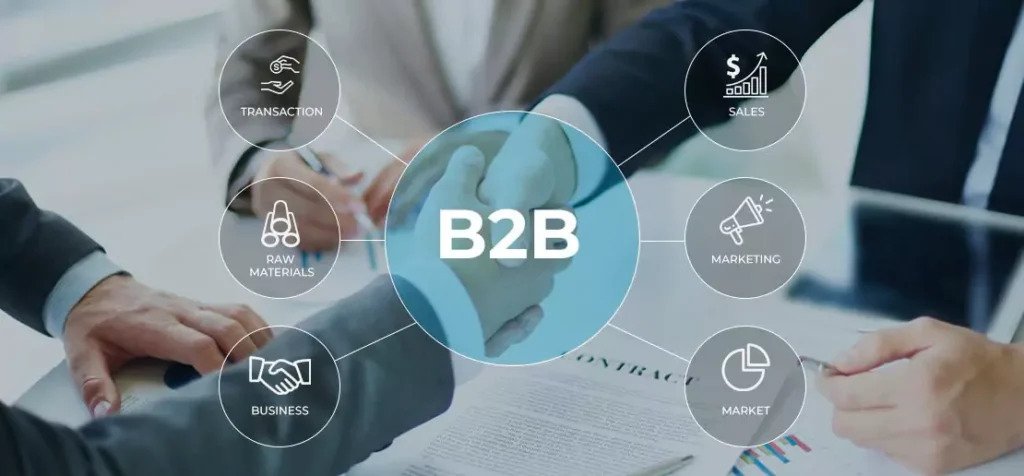
What questions should I ask during vendor screening?
The right questions save time.
Ask about lead times, quality control, size grading, customization options, repeat order consistency, and production challenges.
Vendor Screening Questions
- What is your MOQ for custom labels?
- Can you share recent examples of U.S./UK client orders?
- How do you handle size consistency across restocks?
- What is your average production lead time for 500 pieces?
- Are you open to joint material sourcing?
We often share a pre-written Vendor Intro Sheet that lists our brand values and expected standards.
How can I avoid scams or poor-quality suppliers?
Trust but verify.
Use secure platforms, pay through escrow, avoid upfront bulk orders, and validate business details.
Red Flags
- No physical address or business license
- Hesitant to share past samples
- Generic replies to specific style questions
- Push for large orders without testing
- No phone call or Zoom availability
We recommend doing a sample run or third-party inspection before committing.

Should I use sourcing agents or go direct?
Depends on your experience.
New brands often use sourcing agents to reduce risk. As you grow, building a direct vendor relationship boosts control and margins.
Pros of Using Agents
- Local communication, native language
- Knowledge of trusted vendors
- Can manage shipping and QC
Pros of Going Direct
- Lower cost
- Faster communication loop
- Deeper product customization
At Xzapparel, we often start direct relationships and add service teams as clients scale.
How do wholesale pricing and margins work?
Understand the math.
Wholesale pricing is typically 40–60% of your retail pricing target. Ensure your vendor pricing leaves room for marketing, shipping, returns, and profit.
Sample Price Strategy
| Item | Vendor Price | Landed Cost | Retail Price | Margin |
|---|---|---|---|---|
| Crop Top | $5.00 | $6.50 | $19.99 | 67% |
| Maxi Dress | $12.00 | $15.00 | $49.99 | 70% |
| Denim Jacket | $15.00 | $18.50 | $65.00 | 72% |
Keep freight, customs, and packaging in mind.
How to build a long-term vendor relationship?
It’s not just about orders.
Vendors prefer loyal clients who offer forecast visibility, pay on time, and provide clear, respectful feedback.
Relationship-Building Tips
- Share seasonal calendars in advance
- Give realistic volume expectations
- Pay promptly and resolve disputes constructively
- Visit or video call regularly
- Celebrate big order milestones together
Strong vendor relationships = smoother launches, better pricing, and priority treatment.
Conclusion
Finding the right wholesale clothing vendors is half research, half relationship. Use a mix of online platforms, trade shows, and social networks to discover suppliers. Then vet them carefully and focus on communication, transparency, and aligned goals.
Want to work directly with a factory that’s built for speed, quality, and trend-driven fashion? Let’s talk.


